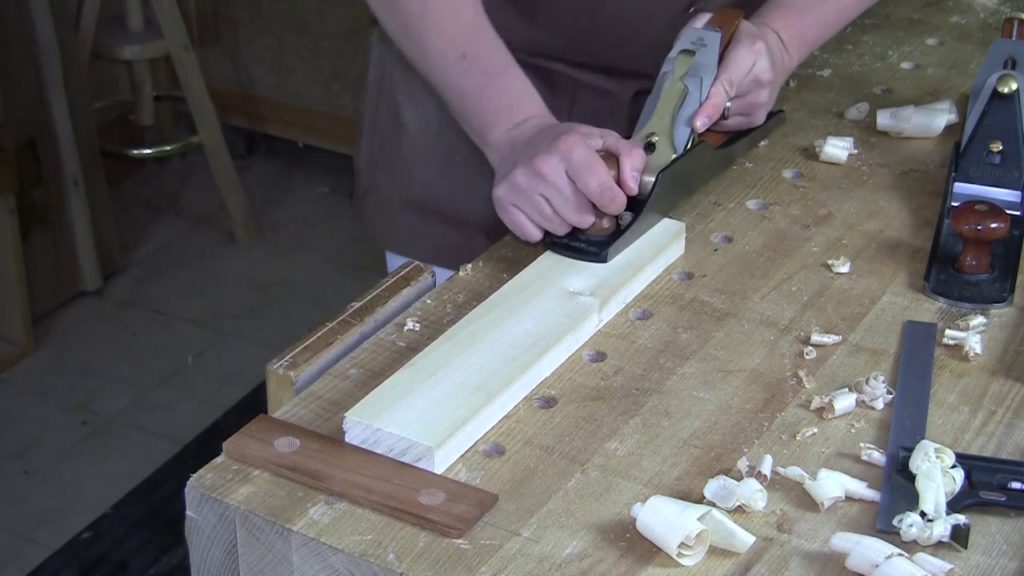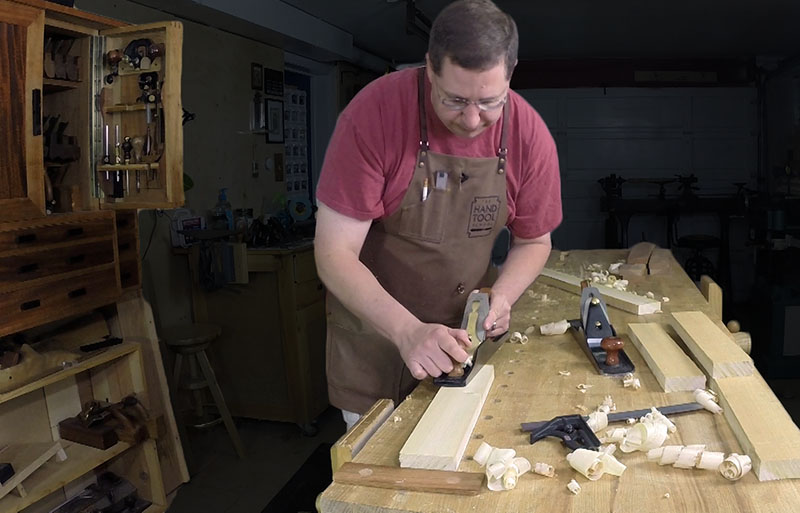The Fastest, Easiest Way I Know to Flatten a Board By Hand
What if I were to tell you that hand planing doesn't have to be slow?
Every board is unique. Yet when you learn about how to hand plane a board flat you hear about a process of planing across the grain, then maybe diagonally, then finally with the grain. But if every board is unique how can the same rote process applied possibly be efficient.
I hear every day from woodworkers struggling to flatten boards by hand. Most of them have boards that end up too thin or with tapered sides. Their frustration mounts and their planes end up sitting on a shelf. Worse, the act of milling a board by hand gets labelled as slow and inefficient. What we need is a better way to flatten a board by hand!

You can flatten a board in seconds and get your faces flat and square to one another while removing VERY little wood. You see we are imperfect machines that are bound to interfere with the precision that our tools offer. So it follows that the less planing we actually do the faster you can get a board flat. This is what the spot planing technique is all about. Remove only the high spots and then, and ONLY THEN, do you start making full length passes.
Moreover, you never need to plane across the grain or diagonally and you don't need a vise to hold the board. All your work is with the grain making tear out a thing of the past and all your work is done against a simple planing stope which I show you how to make in this video.
Apprentice
Included in this Video:
- How to stop applying a rote process and diagnose the uniqueness of each board
- How spot planing removes much less wood and get you flat faster
- Step by step instructions for making your own planing stop
- PLUS you gain access to the School Tool Library and Community Forum

A Better Way to Flatten a Board By Hand!
When every board is unique following a process to flatten a board by hand makes no sense. Spot plane away the high spots to get flatter, faster, and with less stock removal.